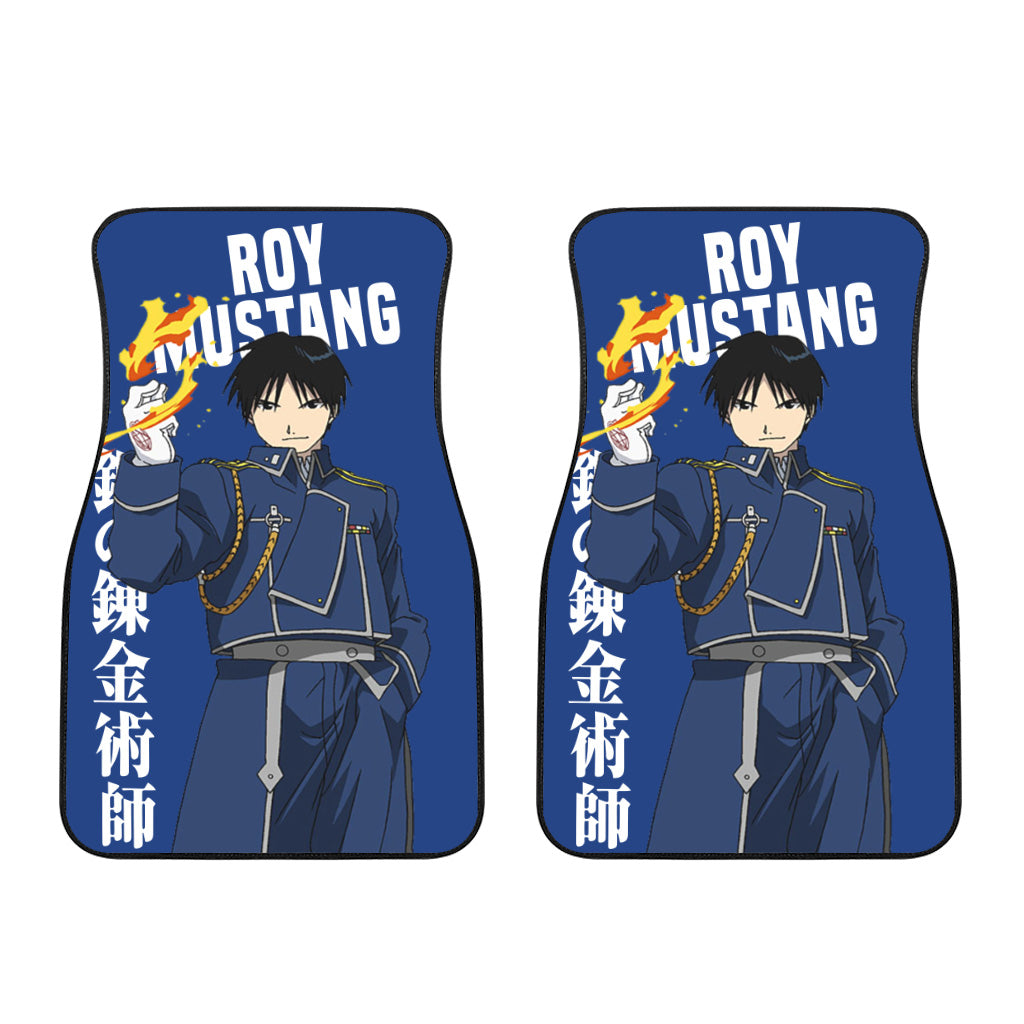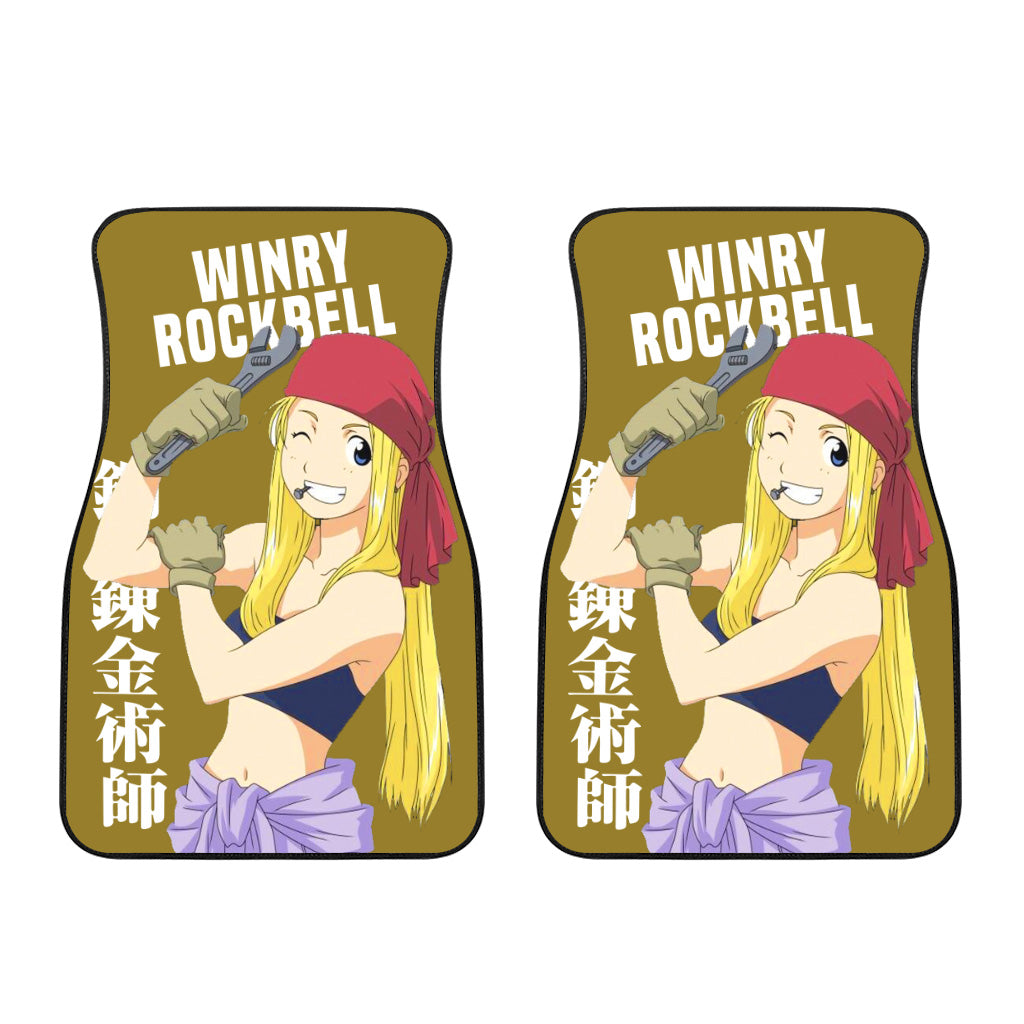Anime, FullMetal Alchemist
In Fullmetal Alchemist, a Homunculus is a significant concept explored in the series

Homunculi play a massive and integral role throughout the narrative of Fullmetal Alchemist, whether it’s the 2003 release or the 2009 reboot, Fullmetal Alchemist: Brotherhood. These enigmatic creatures, brought to life through the power of alchemy, are a constant source of conflict for the main characters, Edward and Alphonse Elric. The concept of homunculi can be traced back to Medieval times and draws inspiration from the historical practice of alchemy.
In the series, there are seven homunculi, each representing one of the seven deadly sins: Pride, Greed, Gluttony, Lust, Envy, Wrath, and Sloth. While they possess immortality, they are not exempt from limitations. If left unharmed, they do not seem to age at all. Each homunculus has a unique ability referred to as an “ultimate skill.” For example, Lust can extend her fingers into razor-sharp spears, earning her the moniker of “Ultimate Spear.”
These homunculi are characterized by their cruelty and often harbor a deep-seated hatred towards humans, driven by a sense of superiority or inferiority. Operating covertly within the country of Amestris, they serve as the hidden instruments of those in power, carrying out their dark deeds on behalf of the military or their creator, Father. Their existence remains largely unknown and unbelievable to the average Amestrian alchemist, almost akin to mythical creatures such as unicorns. However, one distinguishing feature that sets a homunculus apart from a real human is the presence of an Ouroboros tattoo, depicting a snake devouring its own tail.

The process of creating a homunculus differs between the original 2003 anime and Fullmetal Alchemist: Brotherhood. In the 2003 anime, homunculi are the result of failed attempts at human transmutation. While these alchemical experiments fail to bring back the souls of loved ones, they do yield moving, speaking beings bearing the appearance of deceased individuals. These homunculi serve as eerie references to Frankenstein’s monster, wreaking havoc upon the country.
In Fullmetal Alchemist: Brotherhood, the backstory of the homunculi takes a drastically different turn. The primary antagonist, known as the first homunculus, originated from alchemy performed in the fallen city of Xerxes. Confined within a small glass flask to protect him from the outside world, he named himself the “Dwarf in the Flask.” Through manipulations and ruthless actions, he transformed the entire nation into a Philosopher’s Stone, granting him immense power and a human form. The metaphorical flask that once held him captive expanded, symbolizing his new domain beneath Amestris, a nation he meticulously built to resemble another Xerxes. This homunculus, now referring to himself as Father, deemed it necessary to separate his emotions and created the seven deadly sins homunculi as his loyal underlings.

Each homunculus is essentially a part of Father, extracted and given human form. The strength of a homunculus corresponds to the sin that Father embodies the most intensely, with Pride being the most powerful among them. At the core of each homunculus lies a Philosopher’s Stone, serving as their heart or power source. By depleting the souls within the stone, it becomes possible to eliminate a homunculus. This is exemplified when Roy Mustang successfully kills Lust in Fullmetal Alchemist: Brotherhood. Aside from their immortality, the homunculi possess a deep disdain for humans and take pride in their eternal existence.
It’s worth noting that Wrath, known as Fuhrer King Bradley in Fullmetal Alchemist: Brotherhood, has a distinct origin compared to the other homunculi. Humans can be possessed by homunculi if they are infected with a Philosopher’s Stone. Bradley was specifically designed to be possessed by Wrath, and he was the first to successfully endure the possession. The immense strength of the souls within the Philosopher’s Stone grants them the ability to overwrite or dominate the host’s original personality, essentially wiping away their individuality. However, in the case of Bradley, his original identity as a human was strong enough to coexist with Wrath’s influence, allowing him to retain some semblance of his own character while sharing his body with the homunculus.
Ling Yao, another prominent character in Fullmetal Alchemist: Brotherhood, undergoes a similar possession by the homunculus Greed. Although Ling’s personality remains intact, his strong willpower allows him to cohabitate with Greed within his body. This unique dynamic creates an intriguing interplay between the two characters as they navigate their shared existence.
It is important to note that the homunculi are not mere puppets controlled by Father, the series’ main antagonist. Some of them, like Greed, display a rebellious nature and often defy Father’s orders, choosing to pursue their own goals and desires. Greed, in particular, frequently escapes from Father’s control to pursue a life of freedom and indulgence, only to be eventually captured and reabsorbed back into Father’s entity.
In the original 2003 Fullmetal Alchemist anime, where Father does not exist, Lust regains fragments of memories from the person she was meant to be before being brought back as a homunculus. This adds a layer of complexity to her character, as she grapples with remnants of her past life and questions her own identity.
The homunculi, whether acting as antiheroes or outright villains, play a crucial role in driving the plot of Fullmetal Alchemist. Operating behind the scenes, their manipulations and actions are responsible for numerous conflicts, wars, and bloodshed throughout the history of Amestris. If there were more conspiracy theorists within the country, they would undoubtedly be captivated by the enigmatic presence of these immortal, artificial beings and their profound impact on the nation’s history and destiny.
We bring out some of the most well-known Fullmetal Alchemist collection, all of which are available at reasonable costs. Visit our link now if you are interested in the Fullmetal Alchemist collection


Lan Fan, May, Havoc, McDougal, Gluttony, Sloth
